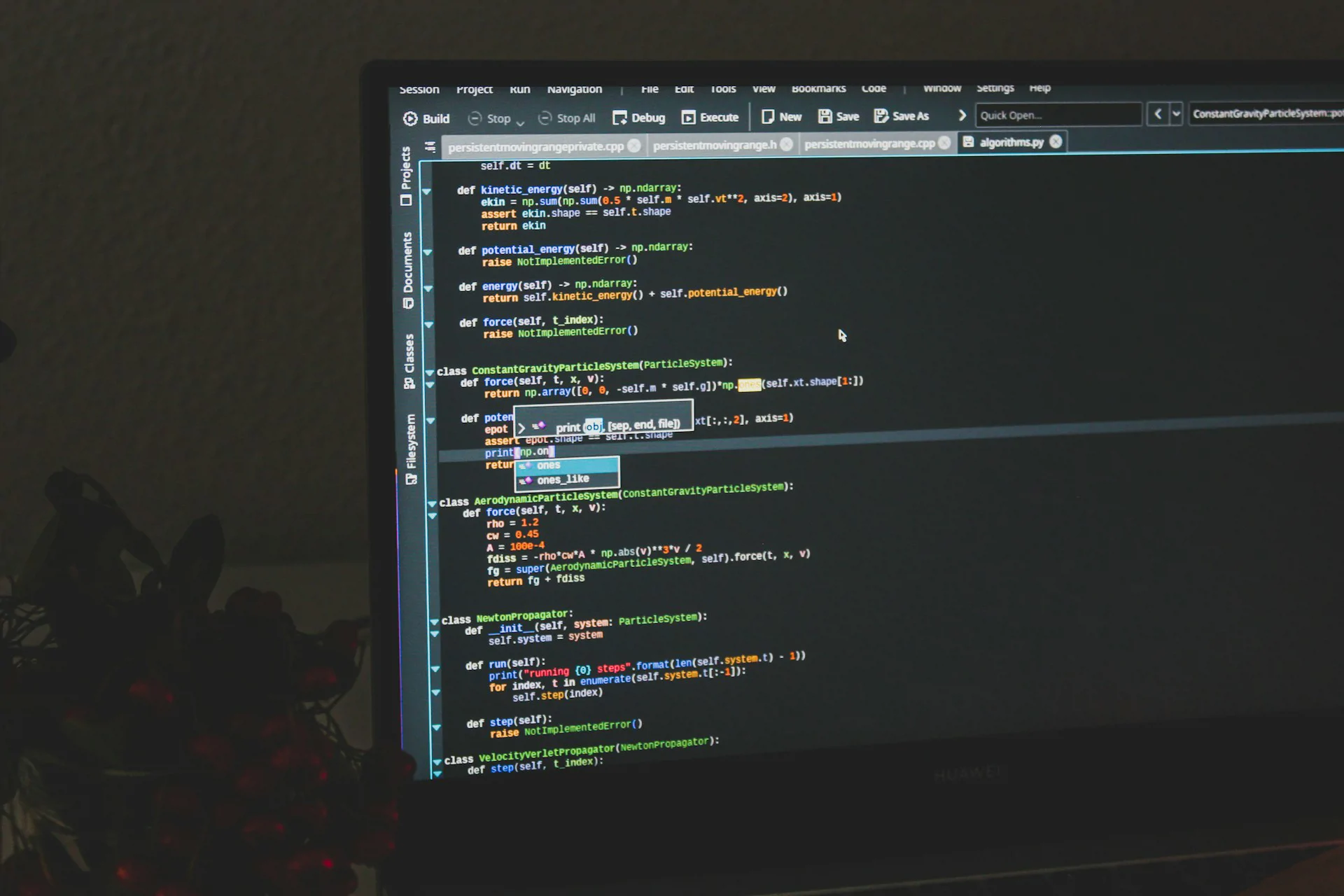Embracing Neurodiversity: Unlocking the Potential of Neurodiverse Talent in the Workplace
14 Sept, 20235 minutesOne of the biggest issues within IT Infrastructure recruitment is access to skilled IT talen...

One of the biggest issues within IT Infrastructure recruitment is access to skilled IT talent.
Some people argue that it’s a case of demand being too high for the supply of talent that is available, others say it’s a case of talent going unnoticed by recruiters. Today we’re taking a closer look at the latter one: untapped talent pools. Efforts to increase diversity in the tech industry are missing a critical element if neurodiverse hiring practices are not included.
The modern workplace is evolving, recognizing that diversity goes beyond ethnicity, gender, and age. Embracing neurodiversity, which celebrates the unique strengths and perspectives of individuals with neurological differences, is a crucial step toward fostering an inclusive and innovative workforce.
According to CIPD, 72% of HR professionals said neurodiversity was not included in their people management practices, and 17% said they didn't know if it was. This untapped talent market exists primarily as a result of a lack of awareness and comprehension of neurodiversity.
There is a lot of ambiguity in the terminology. The term "neurodiversity" refers to people who have certain neurological conditions or who are on a neurodiverse spectrum. Autism spectrum disorder, dyslexia, dyspraxia (a neurologically based physical disorder), social anxiety disorders, and other conditions fall into this category. People on the neurodiverse spectrum frequently struggle with social interaction and communication in the same way that a neurotypical person would, but many people with these 'disorders' also have above-average abilities, often in areas such as pattern recognition, concentration, memory, or mathematics.
Autism affects more than one in 100 people which means a huge amount of talent. However, only 16% of autistic adults are in full-time employment, and out of the ones that aren’t, 77% would like to be according to the national autistic society’s research. So now you might think ‘how come the tech industry hasn’t snapped all of these skilled workers up yet?’ Au contraire, many big tech companies like SAP, HPE, and Microsoft (amongst others) have already implemented processes and programs to access neurodiverse talent. For those who haven’t, it is probably a matter of one or some of the following.
However, when compared to other minority groups, neurodivergent individuals are frequently overlooked, and this problem exists across multiple conditions and on a global scale.
Understanding Neurodiversity
Neurodiversity encompasses a range of neurological conditions, including autism, ADHD, dyslexia, and more. Rather than viewing these differences as disabilities, the neurodiversity paradigm recognizes them as natural variations of the human brain. Just as biodiversity is vital to ecosystems, neurodiversity enriches the cognitive landscape, leading to fresh ideas and perspectives that can drive innovation.
Profile fit and awareness
One of the main issues is that neurodiverse people often don’t fit the profile or the common notions of what makes a good employee. Things like communication, sales-person-type personalities, the ability to conform to standard practices, emotional intelligence, etc. Especially in larger companies HR and application processes are made to be scalable and applicable to the majority of the organisation. During an interview, a neurodiverse person might behave differently from a neurotypical person by making less eye contact or showing certain eccentricities. If the person interviewing isn’t aware of these conditions and doesn’t know how to work with them, the neurodiverse candidate might not get the job.
How can neurodiverse talent benefit a company's workforce?
Neurodivergent candidates are hardwired to think outside the box and are gifted with skills required for digital success. People with ADHD, for example, have exceptional focus and problem-solving abilities. Autistic people, on the other hand, are meticulous and have higher analytical thinking abilities.
Organizations can reap significant benefits from encouraging neurodiversity in terms of innovation, creativity, and thought diversity. It can also benefit neurotypical employees by allowing them to grow and prosper in a variety of ways.
Diverse Problem Solving: Neurodiverse individuals often approach challenges from unique angles, sparking innovative solutions that might otherwise remain undiscovered. Their diverse cognitive styles can lead to richer and more creative problem-solving.
Attention to Detail: Individuals on the neurodiverse spectrum often possess remarkable attention to detail and exceptional focus. These qualities are assets in roles requiring meticulousness, such as quality assurance or data analysis.
Strong Analytical Skills: Many neurodiverse individuals excel in tasks that require analytical thinking, pattern recognition, and information processing. These skills are invaluable in fields such as technology, finance, and research.
Creativity and Innovation: Neurodiverse individuals frequently possess a high degree of creativity and an ability to think outside the box. Their unconventional perspectives can drive innovative approaches to projects and challenges.
How can organisations alter their hiring processes to attract neurodiverse talent?
Streamlining processes and procedures makes organisations scalable, efficient, and effective. However, employees on a neurodiverse spectrum might need accommodations outside the standard. Traditional hiring, employment, and workplace management models have a flaw in their design: they are centred on neurotypical people. A traditional job interview can be problematic because it favours neurotypical candidates while automatically excluding neuro minorities. You may struggle to understand social norms and nonverbal communication if you have a neurodivergent condition such as autism or dyspraxia. Autistic people are also prone to sensory processing issues, which makes a panel interview difficult to navigate because the candidate must focus on multiple people's verbal and nonverbal communication at the same time.
The interview process can also be modified to create a welcoming environment for neurodiverse candidates. Instead of a panel of interviewers, you could, for example, conduct a series of sequential interviews with one interviewer at a time. The interviewer can give candidates extra time before and after the interview to settle in and have the best opportunity to demonstrate their technical knowledge and communication skills. In addition, an external job coach can help candidates prepare for interviews and provide support throughout the hiring process — and even afterward.
What are some effective strategies for creating an inclusive environment for neurodiverse candidates?
It is critical to educate neurotypical employees on the dos and don'ts of communicating with neurodiverse employees. Managers and team members must be trained in advance in order to get the most out of neurodivergent individuals. Greater education and understanding of our cognitive differences will not only help to dispel some of the misconceptions but will also encourage neurodiverse employees to feel more comfortable opening up to their employers and make it easier for managers and colleagues to understand the type of support they require.
Inclusion can also be seen from the standpoint of physical space in the office. According to the research, neurodiverse people are more sensitive to noise, smell, light, and crowded places. As a result, placing their workstations in less congested and dimly lit areas of the office can boost their productivity. Organizations can also provide noise-cancelling headphones to their neurodiverse employees to create a distraction-free environment.
When communicating with a neurodiverse individual, managers and team members should be clear, concise, and complete. They should avoid asking open-ended questions and be specific about who needs to do what by when. It is also preferable to use literal expressions rather than metaphors or ambiguous messages.
Creating a neurodiverse-friendly hiring process and workforce will require hiring managers and employees to take a step back, remove assumptions and communicate in a new way. The bottom line is that inclusion is worth the extra effort and ultimately companies are missing a critical element if neurodiverse hiring practices are not included.
Adaptive Recruitment Practices: Tailor your recruitment process to be inclusive of neurodiverse candidates. This might involve providing clear instructions, minimizing sensory overload during interviews, and offering alternative ways to demonstrate skills, such as practical tasks or portfolio reviews.
Collaborate with Specialist Organizations: Partner with organizations that specialize in connecting neurodiverse talent with employers. These organizations can provide valuable insights, training, and resources for integrating neurodiverse employees seamlessly.
Education and Sensitization: Educate your existing workforce about neurodiversity. This can reduce misconceptions, encourage empathy, and create a supportive environment.
Flexible Work Arrangements: Consider offering flexible work arrangements that accommodate the diverse needs of neurodiverse employees. This might include remote work options, flexible hours, or quiet workspaces.
Mentoring and Support Programs: Establish mentoring programs that pair neurodiverse employees with experienced colleagues. This can help newcomers navigate the workplace and provide them with valuable career guidance.
Awareness, Training, and Development
As with most things, there needs to be a plan and a strategy. Neurodiverse employees, like all employees, deserve career progression, training, and development. Furthermore, neurotypical employees and managers need to be trained on working with their neurodiverse colleagues to avoid friction. This can be supported through social partners such as government or non-profit organisations that are committed to helping neurodiverse people obtain jobs. Managing neurodiverse employees means for some leaders have to further individualise their leadership and work with the individuals to find out what works best for them and the company.
Awareness is a big factor when hiring neurodiverse talent. Apart from the above, neurodiverse candidates bring a lot of benefits to employers. The biggest one is: A different way of thinking.
If you grow your team in a diverse way, employing talent that thinks differently you might end up changing processes for the better. Innovation is fuelled by differences. Changing the perspective on a problem often brings the solution. That is exactly what a neurodiverse workforce can do for you. Research shows that teams with neurodiverse workers become more productive. Neurodiverse workers often have the ability to spot patterns others do not see.
Creating an Inclusive Environment:
Open Communication Channels: Encourage open dialogue about neurodiversity in the workplace. Provide a platform for employees to share their experiences, challenges, and suggestions for improvement.
Customized Accommodations: Implement reasonable accommodations tailored to the needs of neurodiverse employees. This might include noise-canceling headphones, task-specific lighting, or providing written instructions in addition to verbal ones.
Inclusive Leadership: Train managers to lead diverse teams effectively, taking into consideration the unique strengths and challenges of neurodiverse employees.
In Summary
Hiring neurodiverse talent isn't just about meeting diversity quotas; it's about unlocking untapped potential and fostering a workplace culture that values and embraces differences. Embracing neurodiversity enriches teams with a wide range of perspectives, skills, and creative thinking that can lead to breakthroughs and innovation. By creating an environment that supports and uplifts neurodiverse employees, organizations can truly harness the power of diversity and build a stronger, more inclusive future.
At Franklin Fitch we are committed to raising awareness and tackling biases towards diversity & inclusion matters within IT infrastructure. If you’d like to know more about hiring neurodiverse talent, feel free to get in touch and we can point you in the right direction.









